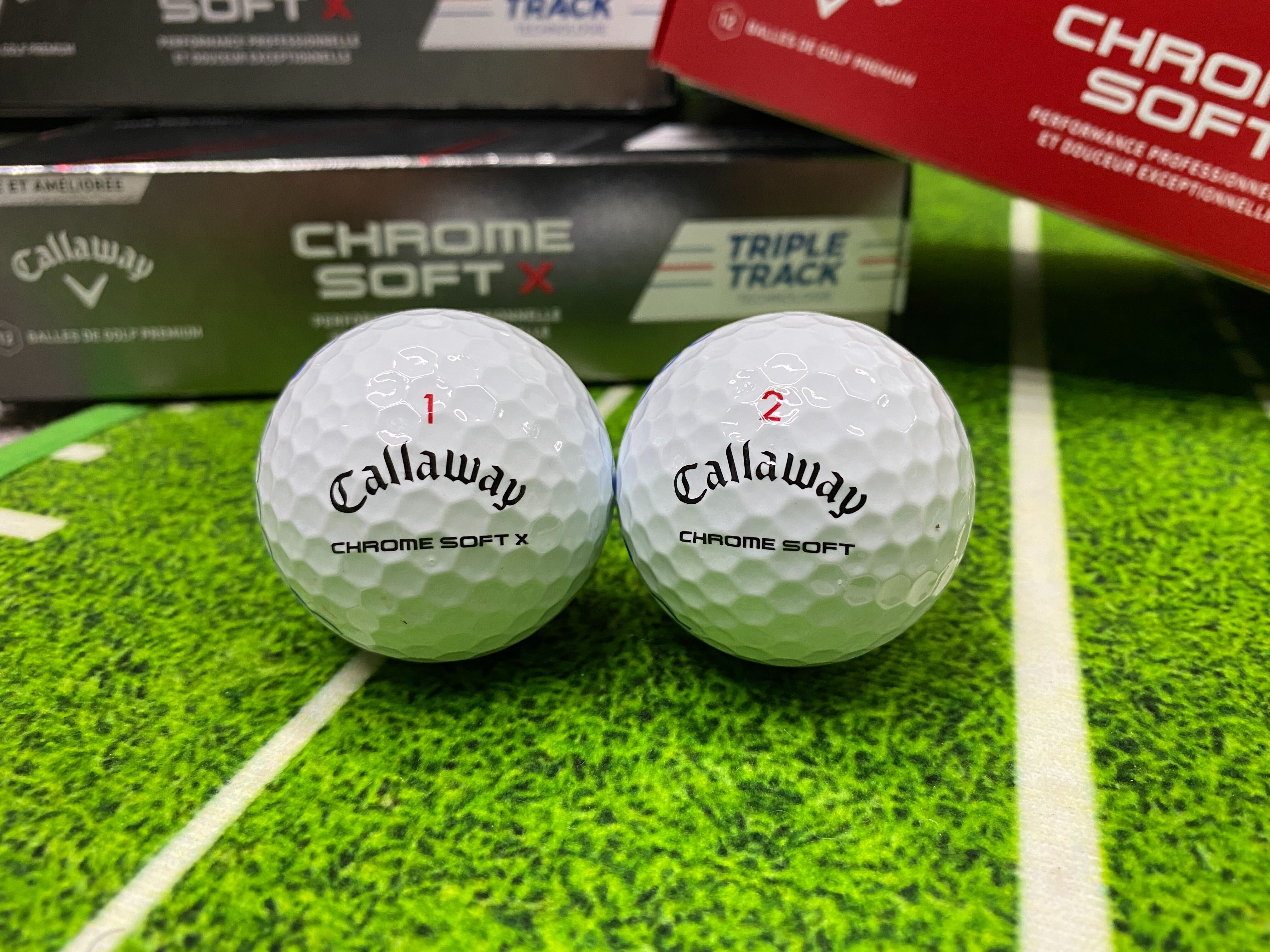
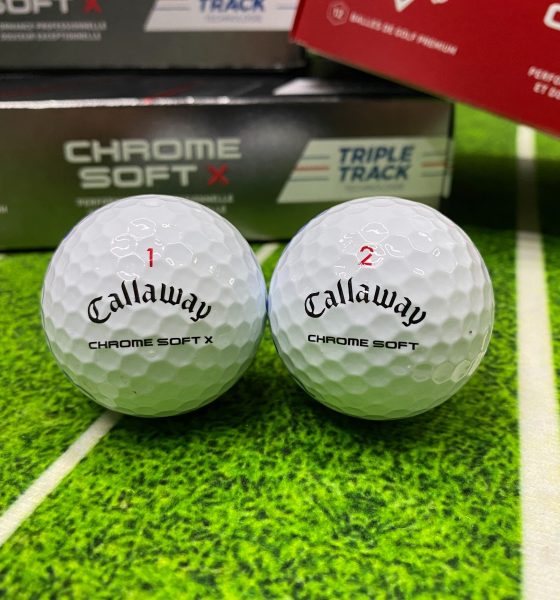
Equipment
Callaway Chrome Soft vs Chrome Soft X: GolfWRX staff test
Earlier this year, we covered the release of the new 2020 Callaway Chrome Soft and Chrome Soft X, and recently we took a look inside the newly upgraded Callaway golf ball plant in Chicopee, Massachusetts, where the balls are manufactured.
Now, it’s time to test the reengineered golf balls to see how they compare in various situations. For that, three members of the GolfWRX team—Brian Knudson, Johnny Wunder, and Ryan Barath—all focused on various parts of their game to give you both qualitative and quantitative data to help you figure out which one will work best for you.
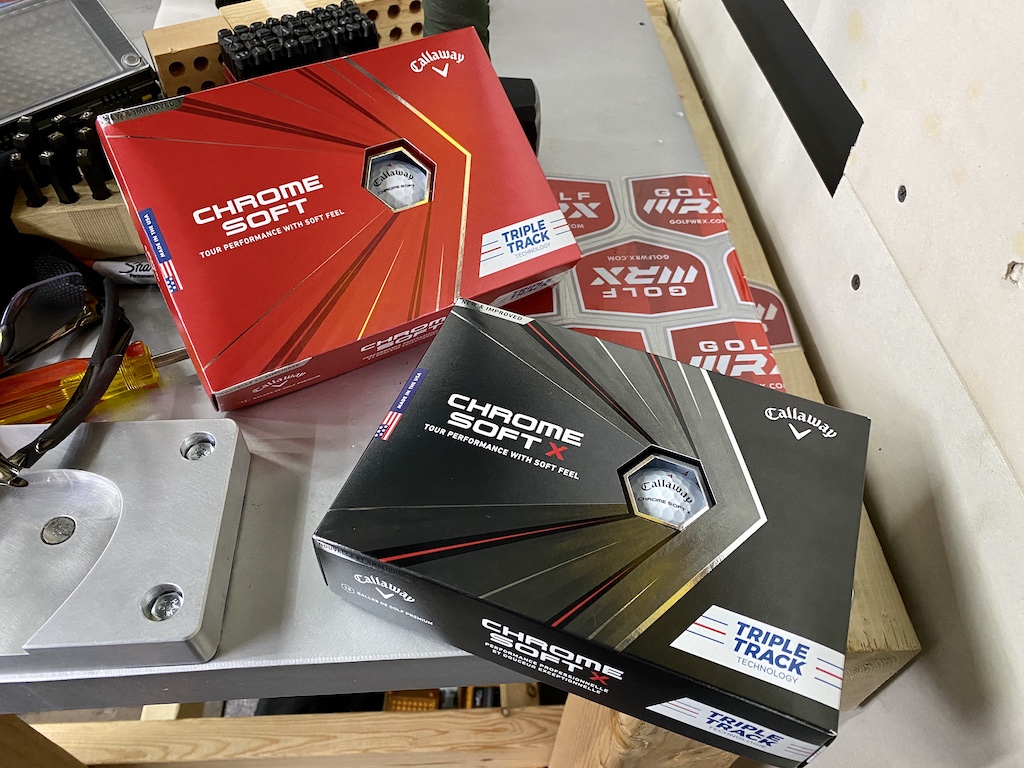
Ryan Barath (5 handicap): Short game and the 50-yard pitch
Short game
Let’s start with feel. For me, when it comes to choosing a ball, I’m a bit like Goldilocks in that I like a ball that is soft but not too soft and firm but not too firm—I really am looking for that perfect sweet spot, and for me, that is the Chrome Soft X. It is firm yet extremely responsive, and as I get closer to the green and as my swing speed on shorter shots decreases, it still feels soft and doesn’t get “clicky.” As soon as a ball gets clicky for me in the short game, I never feel as confident in hitting shots, even if I have numbers to prove it spin as much as other balls.
If you are looking for a ball that offers the softest feel of the two, then the standard Chrome Soft is going to be right up your alley.
The same goes for off the putter. I don’t generally use a putter with an insert, and as much as I love the soft feel of the standard Chrome Soft, I prefer the feel of the firmer Chrome Soft X. To me, a slightly firmer ball helps confirm the speed at which I hit a putt, and when a ball gets too soft, I struggle. Keeping that in mind I had no issues using either the Chrome Soft or the Chrome Soft X, and as an added bonus, both the balls come with the Callaway Triple Track alignment system to help with lining up putts.
Beyond focusing on the 50-yard shot, the one last thing I really pay attention to when hitting various short game shots in close proximity to the green is how the ball reacted on the first bounce and the consistency of the carry vs roll on chips and pitches. Let’s be real here for a moment: I would like to remind you I’m still just a 5 handicap golfer, so I miss shots and have inconsistencies in my game but still have serious expectations about the performance of my equipment.
So to continue, the one thing I enjoy about both the Chrome Soft and Chrome Soft X is how they never get unexpectedly “grabby” around the greens. What I mean by this is I felt I got a nice controlled rollout towards my targets and never had one quickly check-up when I didn’t want it to. On the higher lob shots, I got plenty of grab from both balls as you would expect, and on the chip shots, I once again preferred the X vs. the standard Chrome soft for the slightly firmer feel.
50-yard pitch testing protocol
- My test was conducted outside at a dedicated short game area off real grass hitting into a real green.
- I used my 54-degree wedge, and both cleaned and dried the grooves between each and every shot.
- The measuring device was a FlightScope XI+
- To ensure extra accuracy based on the shorter distance, each ball was cleaned and also affixed with a reflective sticker (generally used for indoor testing) to ensure the accuracy of the data.
- All data was normalized and outliers were removed (do you know how many outliers a 5 handicap has? Quite a few…)

This to me is where my preferred Chrome Soft X really stood out. From the numbers, you can see that the X launched slightly lower and with extra spin—this is the ideal scenario for hitting consistent, controlled quickly stopping pitch shots.
The numbers actually show that both balls performed quite close to each other, but when small details matter, it’s going to come down to the shots you like to hit and the feel you prefer with a ball.
Johnny Wunder (3 handicap): Indoor launch monitor testing (driver, 7-iron, PW)
I was very curious to see how this would go down. I’ve tried Callaway balls in the past, and if I’m honest, they were always long but never outperformed my gamer overall. In other words, they were great off the tee and just OK everywhere else.
It’s a new day and definitely a new golf ball.
I have been playing the same ball for 20-plus years. And during that time I have tried balls that were longer, spun more, spun less, etc. The thing is when it comes to the ball for me, I’m a very hard switcher and comfort carries a TON of value for me, even in the face of serious performance data. This test was to get to know the Callaway Chrome Soft and Chrome Soft X a bit better.
Like any mainstream ball on the market, you hear a ton of good and always some of the bad. It’s always going to come down to your personal experience and what you find.
What I found was a ball that was long, consistent, and most surprisingly, quite forgiving.
I conducted my test indoors on a Foresight GC Quad normalized. Three balls were tested Chrome Soft, Chrome Soft X, and my longtime gamer the Titleist ProV1.
- 10 shots w/ each ball and each club.
- 90 shots total
What did I learn?
I was pleasantly surprised by both of these balls across the board, especially how they performed with irons. I’m a player that tends to add a bit of dynamic loft at impact with a center thin miss around half the time. Over the past year, I have found irons to maximize those misses, PXG Gen 3 T, TaylorMade 770, and the Titleist T100. Until now, I had not found a golf ball that enhanced that miss, Chrome Soft X was outstanding in that respect. Not only did the X launch, it still retained some spin which is something I want right now.
Apples to apples, both of these balls performed very well across the bag. If I could change anything,g it would be the sound as compared to my gamer (it’s a bit clicky). Would love to get them around the greens and see how they do—if Phil uses them they gotta shine in that arena.
If I had to pick between the two, I’d lean towards the Chrome Soft X. Yes, the numbers were best overall, but like all good golf balls, it’s in the nuance that all the magic happens. The golf ball needs to be a trusted friend and not a drama queen, I liked that the X stayed with me when I wasn’t my best, isn’t that what good friends do?
Will I ever switch outta my gamer? Who knows. I’m pretty comfy with my Pro V1. I know it inside and out. However, these Callaway balls perform at a very high level and I’d say its almost essential that you dig in if you are looking for a new ball.
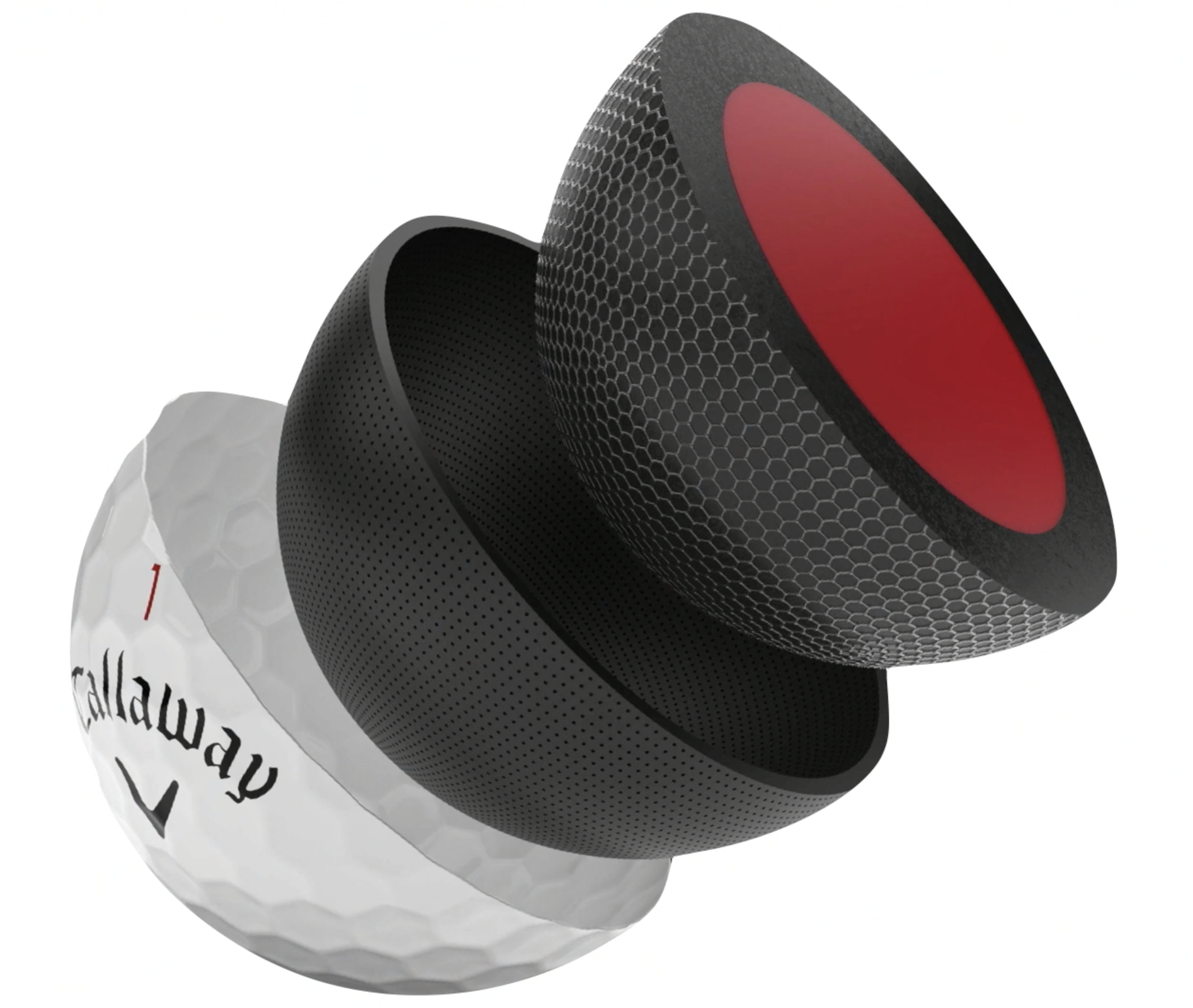
Callaway Chrome Soft
Brian Knudson (8 handicap): On-course test
Callaway Chrome Soft vs. Chrome Soft X
Driver
I got a slightly higher ball flight out of Chrome Soft X that gave it a slight edge in distance. Not really a big difference; on most shots, it was only a couple of yards. I was a little surprised at that result as I figured the lower-spinning Chrome Soft would take the win there. I am not a high spin player at the top end of my bag, so I think the addition of a little spin and trajectory helped in the distance category. Chrome Soft was easily the straighter ball off the tee with every club. Driver, fairway, or iron, the Chrome Soft just wanted to go straight and far. I typically play a draw and Chrome Soft can still be worked, but it moved about 20-30% percent less than Chrome Soft X. Feel and sound on both are great, and it is harder to tell the difference with the longer clubs.
Iron game
So many focus on driver distance that I think a lot gets lost with the way the ball performs with their irons. Iron shots with Chrome Soft again came out a little lower than with Chrome Soft X—again giving the distance advantage slightly to X. Feel on both was great, soft yet still responsive, but you could more easily tell that Chrome Soft was softer. Long iron approaches seemed to hit and release the same distance and it was easily predictable with both balls. With the short irons, Chrome Soft’s distance was more predictable with its one-hop and done performance. Chrome Soft X took a little more thinking to get dialed in because if you caught a slope the extra spin would cause the ball to come back a few feet. That extra spin with the short irons gives highly skilled players the ability to get to some tight pins that they might not be able to attack with Chrome Soft. Chrome Soft again was a straighter ball, while still having the ability to hit draws and fades, it just didn’t move as much as CSX. Flighting shots was easy and predictable with either ball, but CSX still did fly a touch higher than CS. Overall, I loved the performance of the CSX and after getting used to the decreased amount of release it was a great ball.
Wedges
This is where I love to test two golf balls against each other because I feel like there is no hiding with the short game. I figured it would be a landslide victory for CS X, but it wasn’t. Chrome Soft can really hold its own around the green, offering really consistent and predictable spin. When struck well off fairway lies, you were rewarded with a ball that checked up exactly as you thought it would. With full and 3/4 shots Chrome Soft came out a little flatter but again still checked up on the green. Chrome Soft X launched a little higher and again would check up a little faster than it’s brother. Chrome Soft X also had a slightly firmer feel that I actually preferred. Out of the rough or bunker Chrome Soft X was able to show a little more of that spin and I noticed it checked a bit harder than perfect lies compared to Chrome Soft.
Putting
Both the Chrome Soft and the Chrome Soft X that I played had Triple Track alignment on them, so really the difference came down to feel. With my Odyssey Triple Track #7 putter, Chrome Soft for sure had the softer feel and less click at impact when putting. I actually liked the slightly firmer Chrome Soft X because I thought it gave me a little more feedback at impact on how I struck the putt. Distance control with either ball is spot on and consistent. The Triple Track alignment was great for me on putts around 10ft and under, letting me only concern myself with speed. On longer lag putts, I found myself overthinking the alignment and sometimes missing part of the read because of that. After a while I would only use the Triple Track on puts around 10ft, using the blank side on those longer lag putts.
Overall
Both the Chrome Soft and Chrome Soft X are great performing golf balls. For me, Chrome Soft X ended up being the ball that worked best with my game. It had a slightly higher apex and spin that gave me a little more distance as well as control around the green. And print that Triple Track alignment aid on it to help me make more 10 footers!
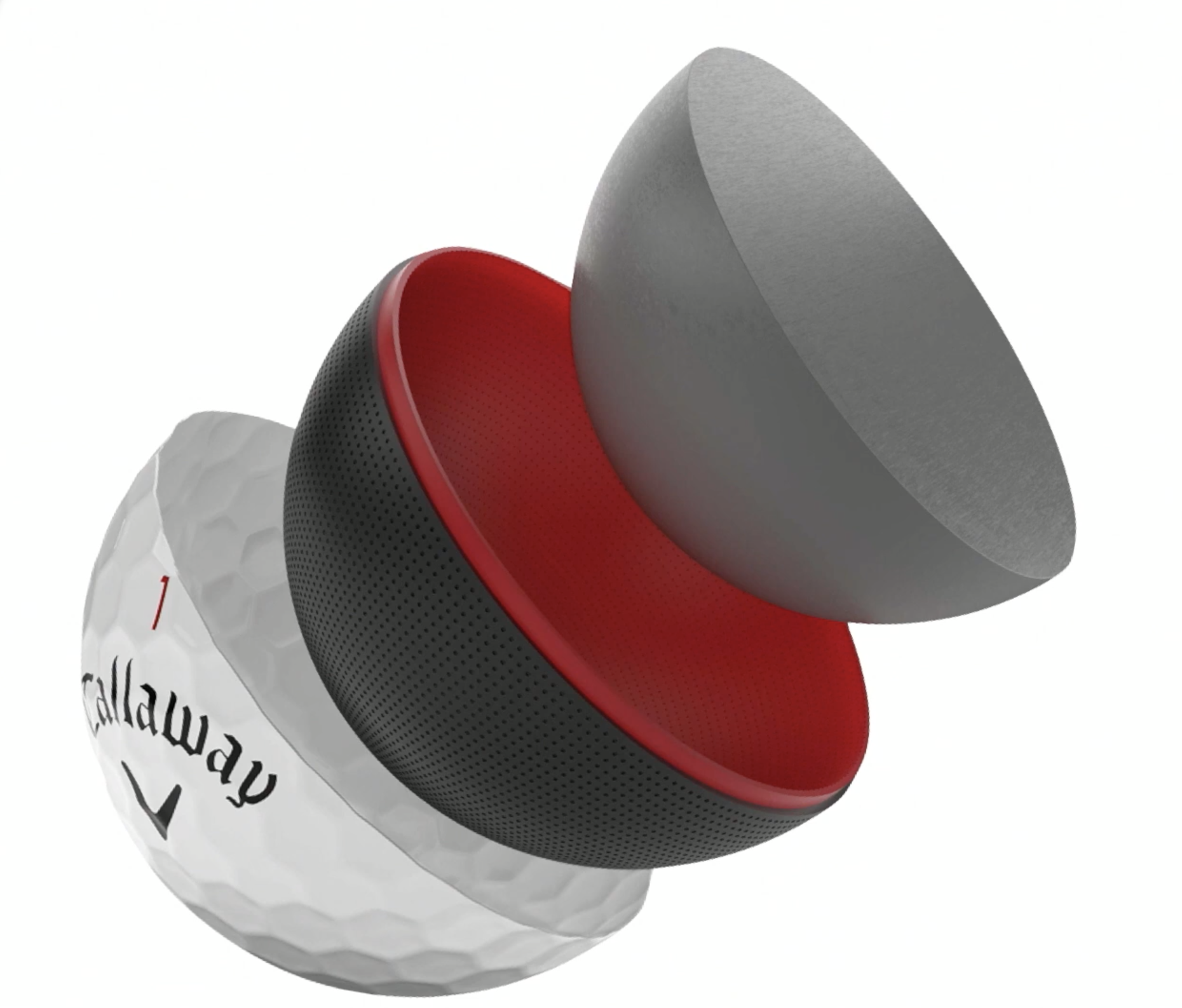
Callaway Chrome Soft X
Final takes on Chrome Soft and Chrome Soft X?
WRX staff highly recommend you give both balls a spin (no pun intended) to see what works for you. The golf ball market is extremely competitive, so if at all possible, try a bunch and see what you connect to.
Just like with clubs and shafts, we see our role as helping you understand products and compile your lineups for testing and fitting. Chrome Soft series golf balls check off all the boxes and should absolutely be on all golfers’ shortlists.
- LIKE122
- LEGIT18
- WOW4
- LOL8
- IDHT2
- FLOP3
- OB2
- SHANK6
Whats in the Bag
Steve Stricker WITB 2024 (April)
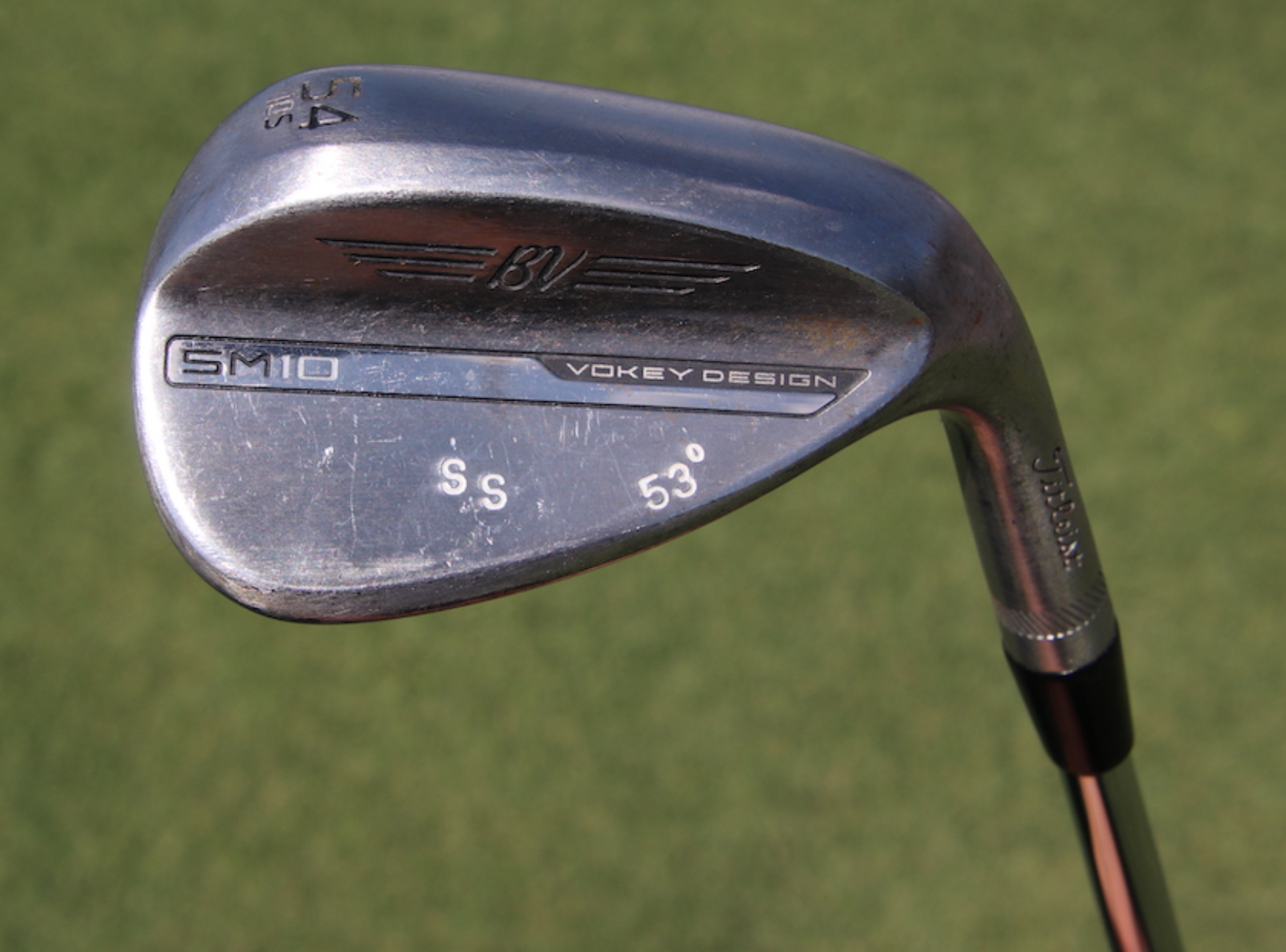
- Steve Stricker WITB accurate as of the Zurich Classic. More photos from the event here.
Driver: Titleist TSR3 (9 degrees, C4 SureFit setting)
Shaft: Fujikura Motore Speeder VC 7.2 X
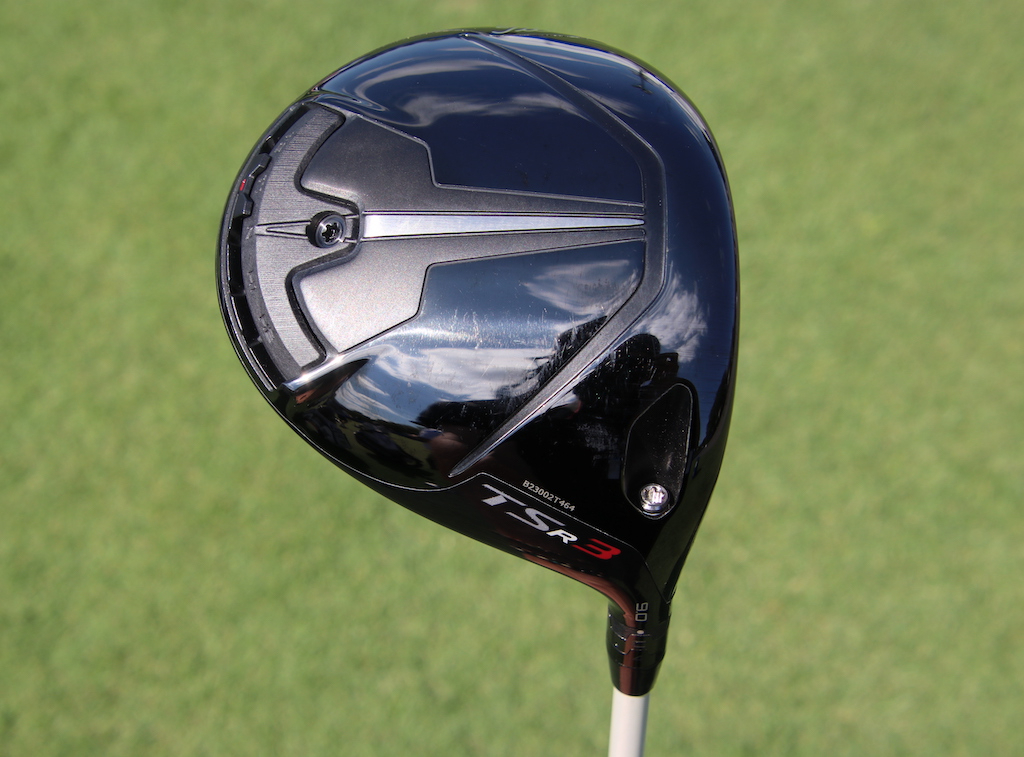

3-wood: Titleist 915F (13.5 degrees)
Shaft: Mitsubishi Tensei CK Pro White 80 TX
Hybrid: Titleist 816 H1 (17 degrees)
Shaft: Fujikura Motore Speeder VC 9.2 X
Irons: Titleist T200 (3, 4), Titleist T100 (5-9)
Shafts: Project X 6.5
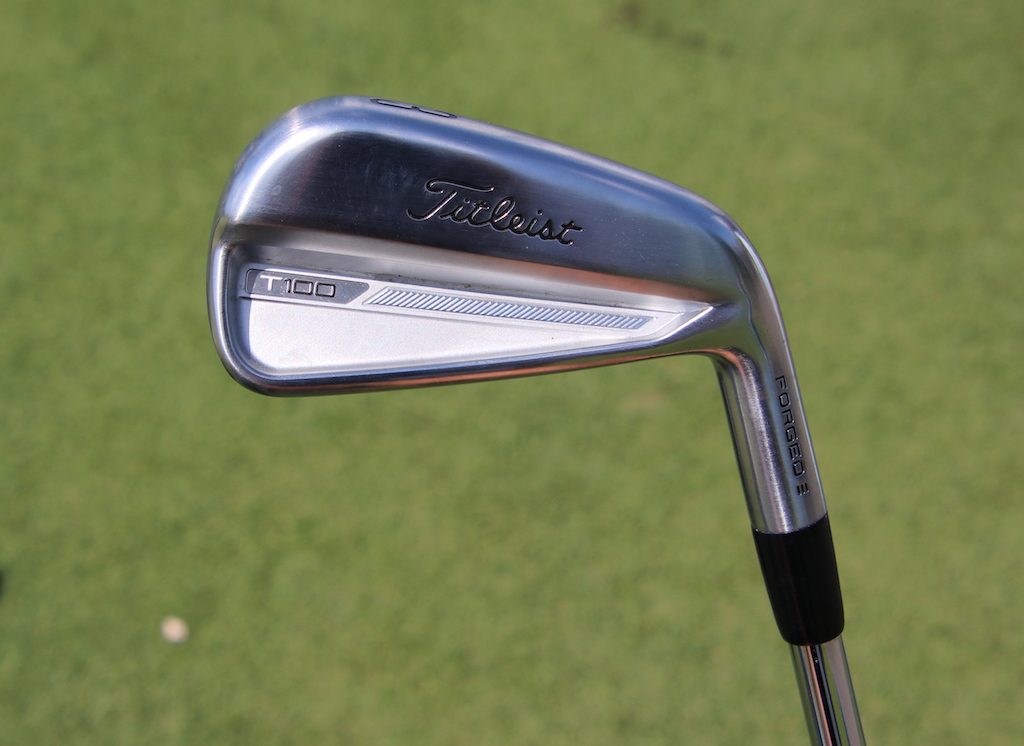
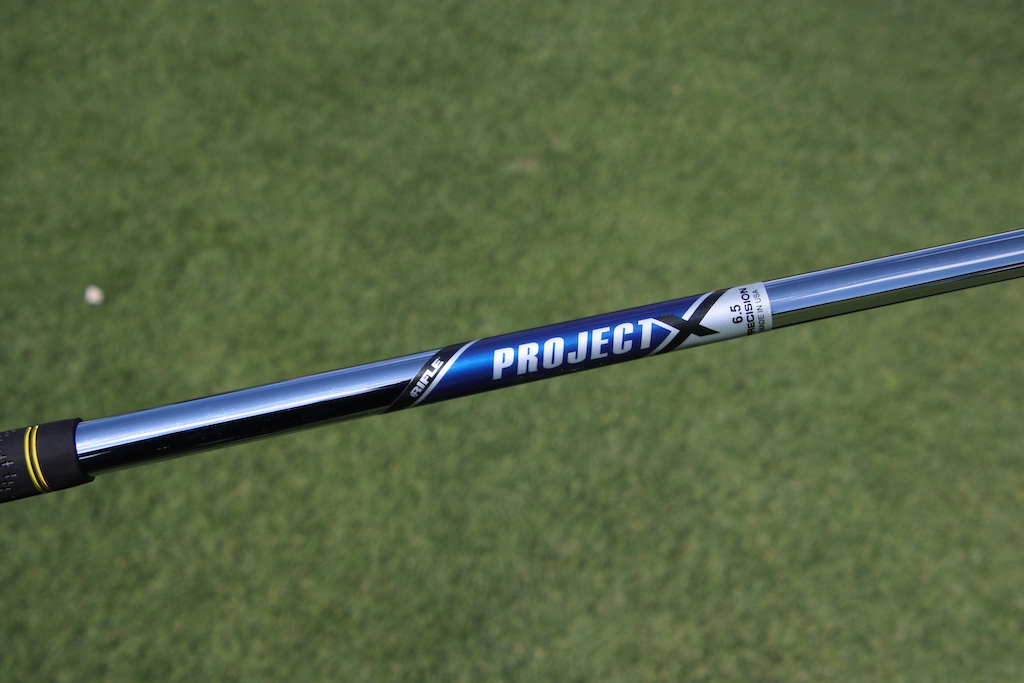
Wedges: Titleist Vokey SM8 (46-10F @55), Titleist Vokey SM10 (54-10S @53), Titleist Vokey SM4 (60 @59)
Shafts: True Temper Dynamic Gold X100 w/Sensicore
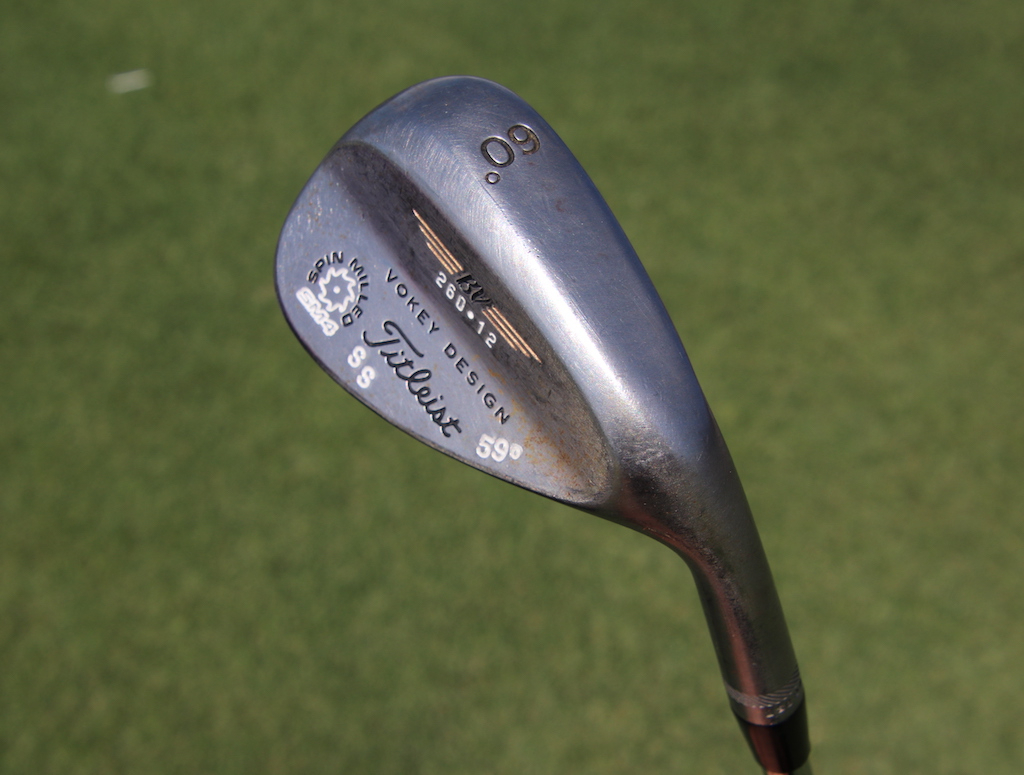
Putter: Odyssey White Hot No. 2
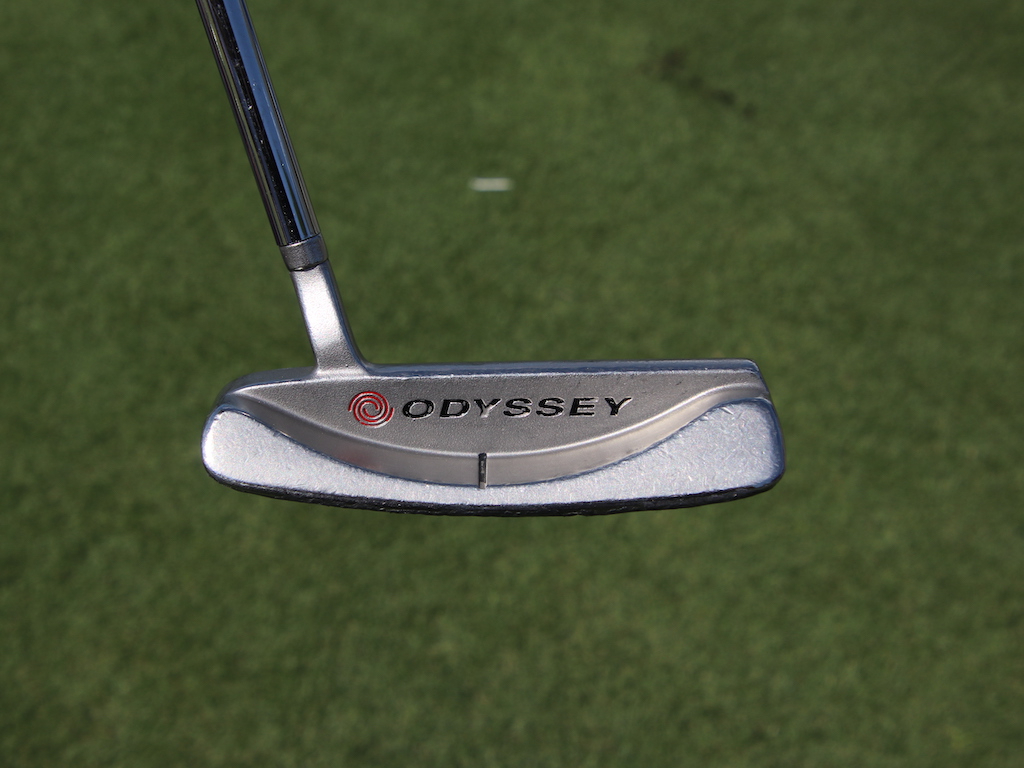
Ball: Titleist Pro V1x
Grips: Golf Pride Tour Velvet Grip Rite
Check out more in-hand photos of Steve Stricker’s clubs here.
- LIKE5
- LEGIT0
- WOW0
- LOL0
- IDHT1
- FLOP0
- OB0
- SHANK0
Whats in the Bag
Alex Fitzpatrick WITB 2024 (April)
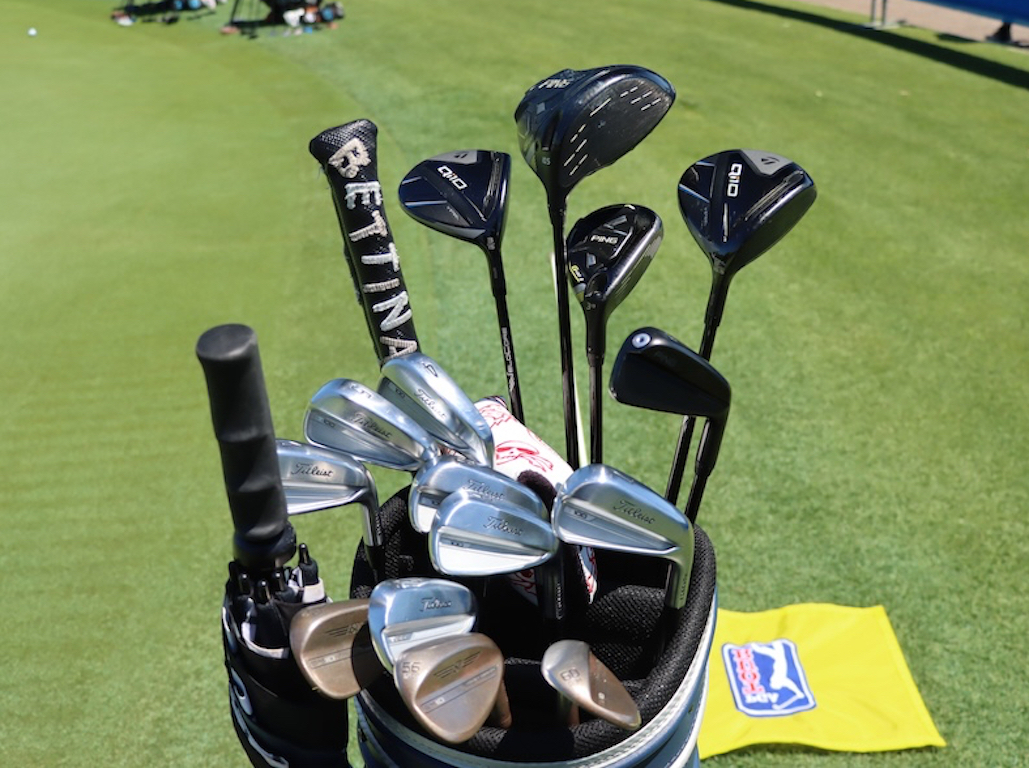
- Alex Fitzpatrick what’s in the bag accurate as of the Zurich Classic.
Driver: Ping G430 LST (10.5 degrees)
Shaft: Fujikura Ventus Black 6 X
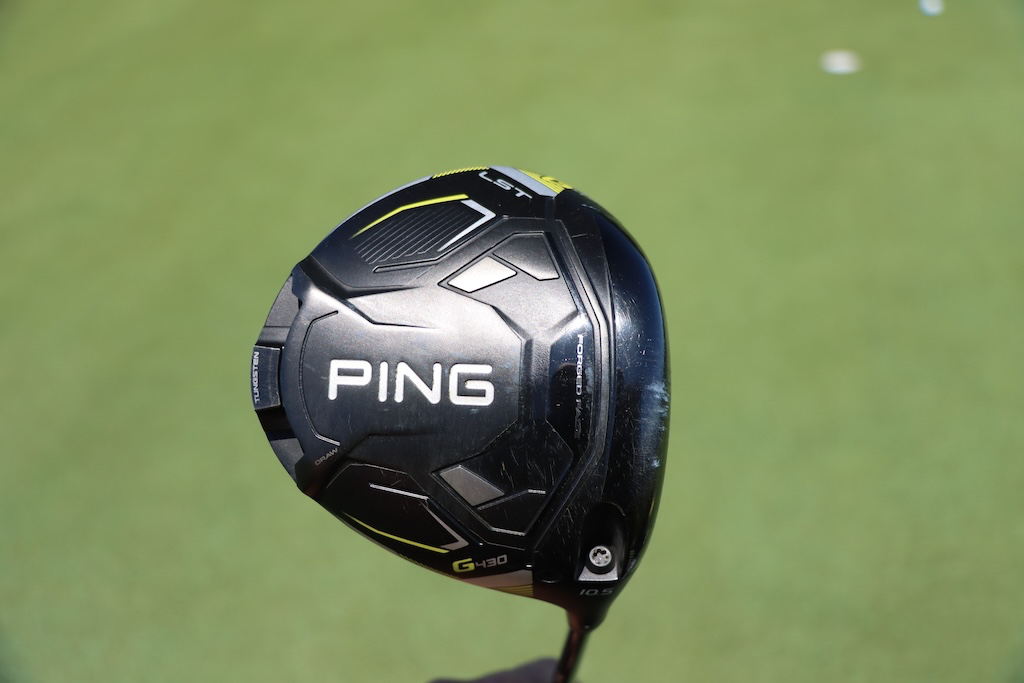
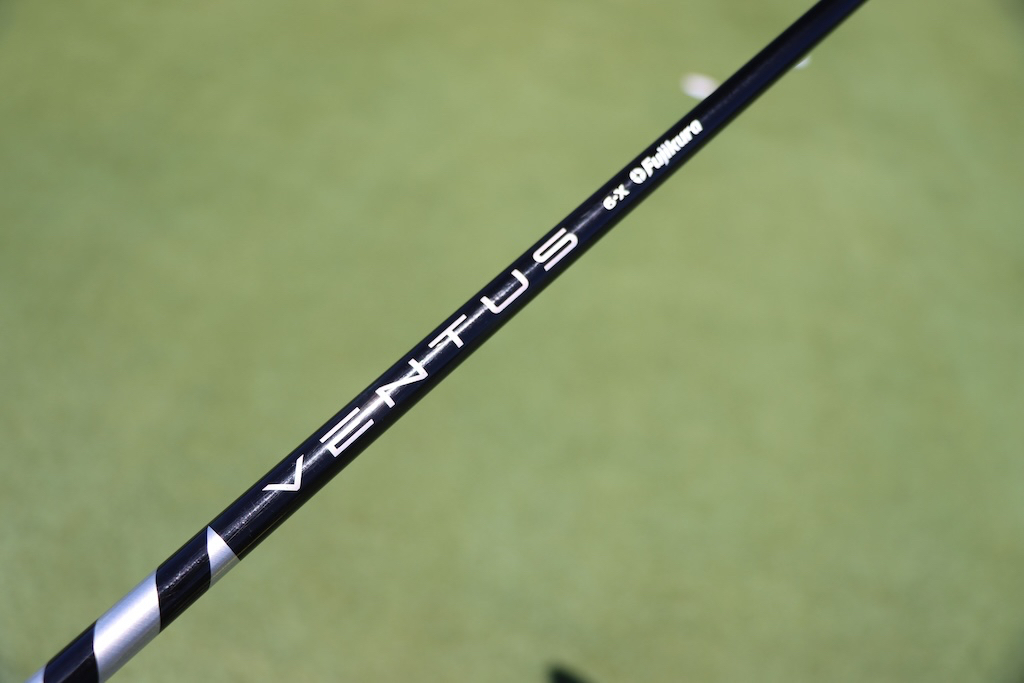
3-wood: TaylorMade Qi10 (15 degrees)
Shaft: Fujikura Ventus TR Black 7 X
Hybrid: Ping G430 (19 degrees)
Shaft: Fujikura Ventus Black HB 10 TX
Irons: Ping iCrossover (2), Titleist T100 (4-PW)
Shafts: Fujikura Ventus Black HB 9 TX (2), Nippon N.S. Pro Modus 3 Tour 120 X (4-9)
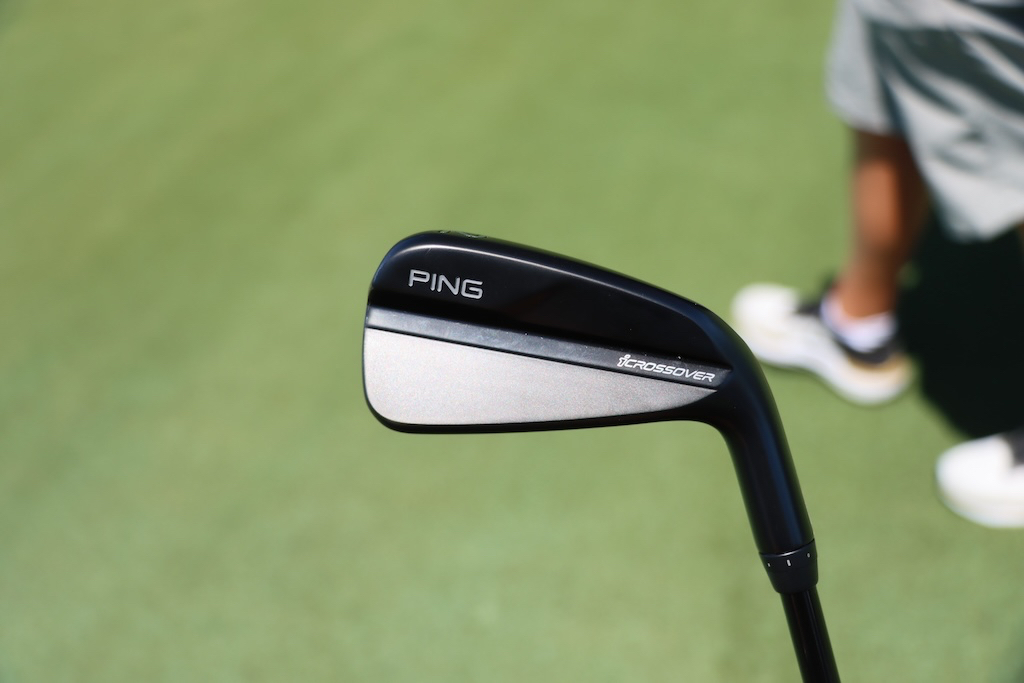
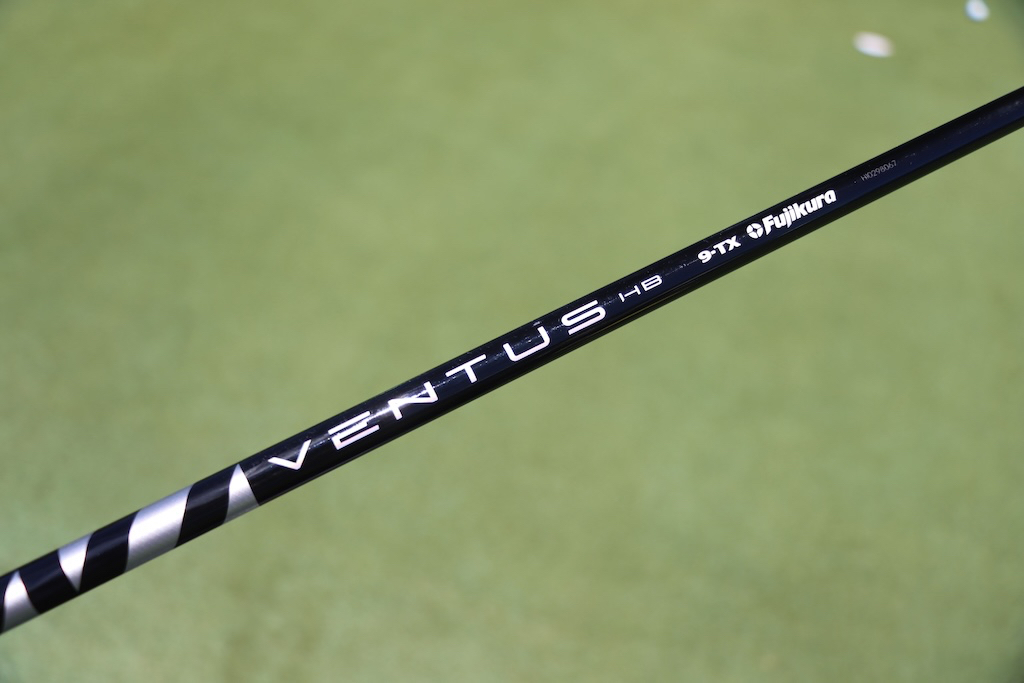
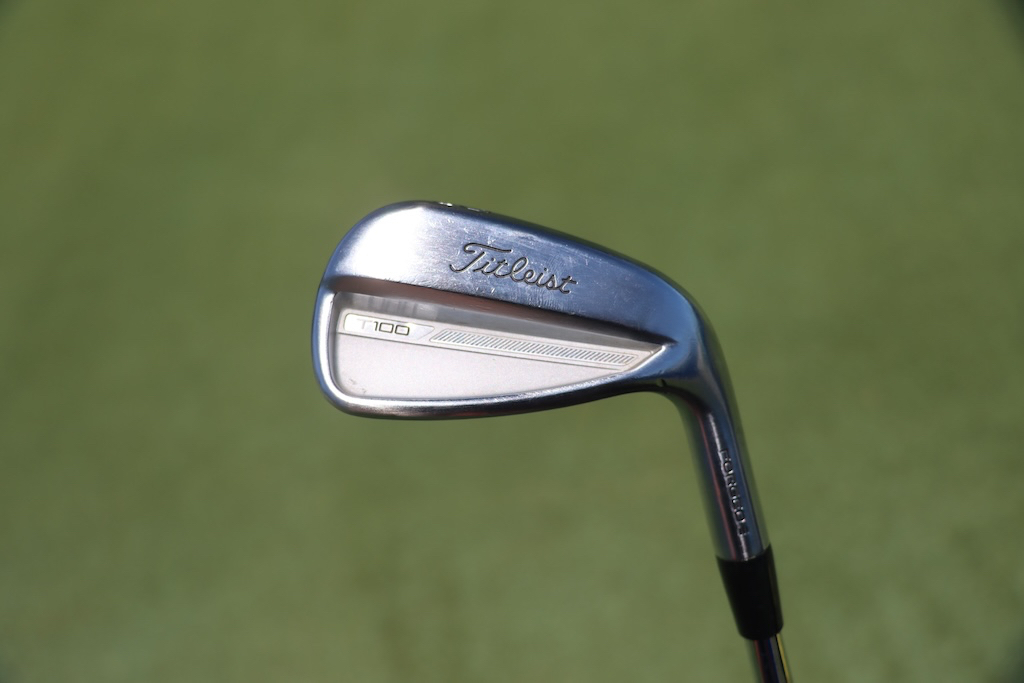
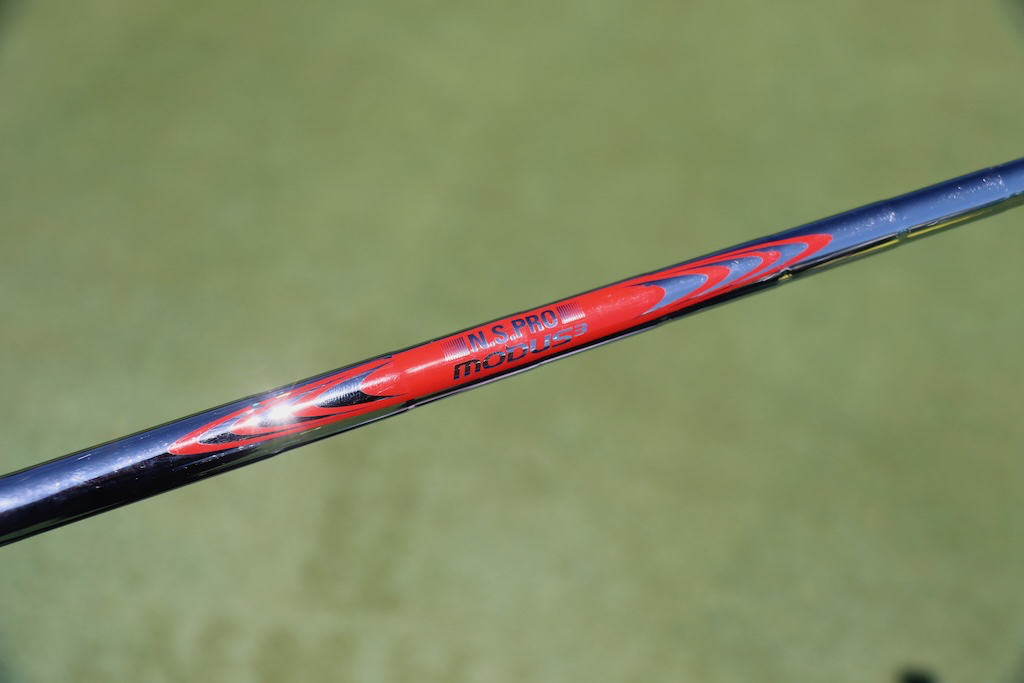
Wedges: Titleist Vokey Design SM10 (50-12F, 56-12D, 60-08M)
Shafts: Nippon N.S. Pro Modus 3 Tour 120 X
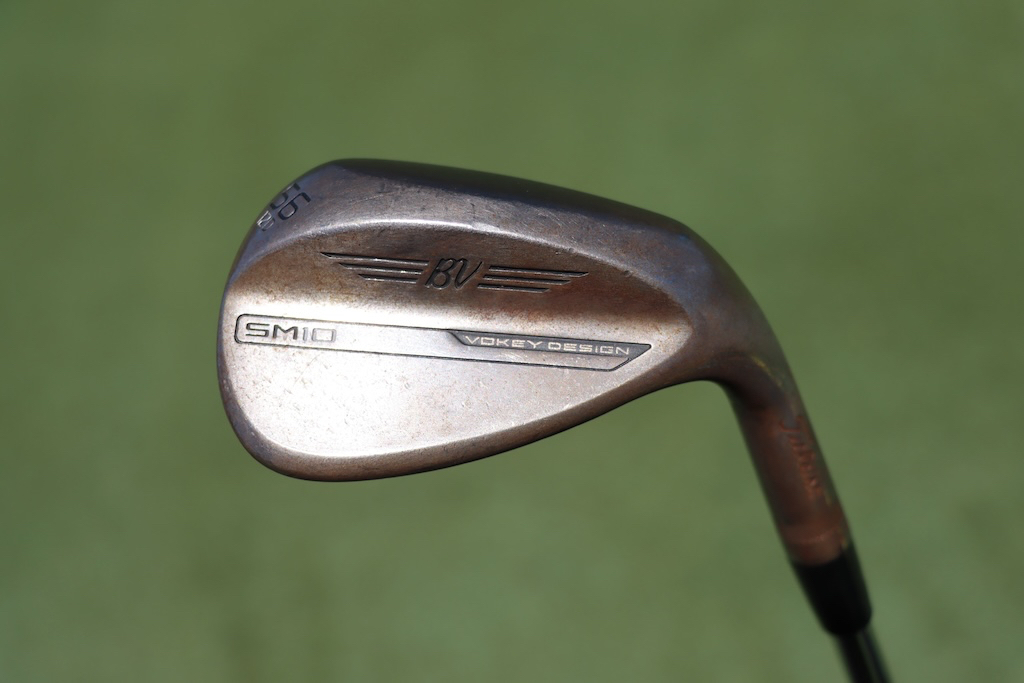
Putter: Bettinardi SS16 Dass
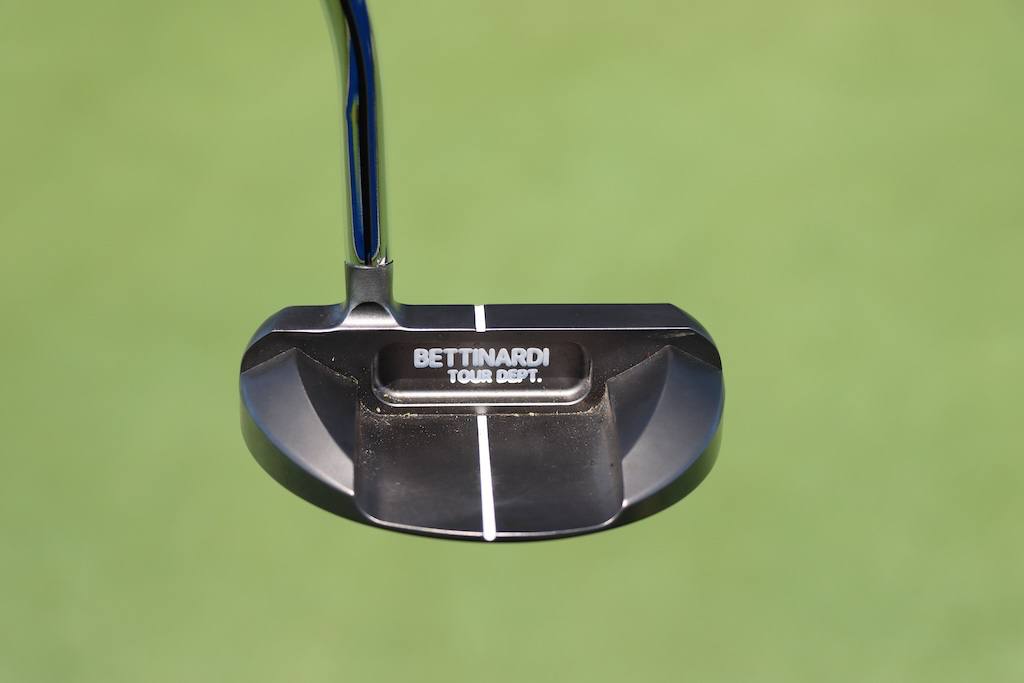
Grips: Golf Pride MCC
Check out more in-hand photos of Alex Fitzpatrick’s clubs here.
- LIKE2
- LEGIT0
- WOW0
- LOL0
- IDHT0
- FLOP0
- OB0
- SHANK0
Equipment
What’s the perfect mini-driver/shaft combo? – GolfWRXers discuss

In our forums, our members have been discussing Mini-Drivers and accompanying shafts. WRXer ‘JamesFisher1990’ is about to purchase a BRNR Mini and is torn on what shaft weight to use, and our members have been sharing their thoughts and set ups in our forum.
Here are a few posts from the thread, but make sure to check out the entire discussion and have your say at the link below.
- PARETO: “New BRNR at 13.5. Took it over to TXG (Club Champ but TXG will always rule) in Calgary for a fit. Took the head down to 12, stuck in a Graphite Design AD at 3 wood length and 60g. Presto- numbers that rivaled my G430Max but with waaaaay tighter dispersion. Win.”
- driveandputtmachine: “Still playing a MIni 300. The head was only 208, so I ordered a heavier weight and play it at 3 wood length. I am playing a Ventus Red 70. I play 70 grams in my fairways. I use it mainly to hit draws off the tee. When I combine me, a driver, and trying to hit a draw it does not work out well most of the time. So the MIni is for that. As an aside, I have not hit the newest BRNR, but the previous model wasn’t great off the deck. The 300 Mini is very good off the deck.”
- JAM01: “Ok, just put the BRNR in the bag along side a QI10 max and a QI10 3 wood. A load of top end redundancy. But, I have several holes at my two home courses where the flight and accuracy of the mini driver helps immensely. Mine is stock Proforce 65 at 13.5, I could see a heavier shaft, but to normal flex, as a nice alternative.”
Entire Thread: “What’s the perfect Mini-Driver/Shaft combo? – GolfWRXers discuss”
- LIKE3
- LEGIT1
- WOW0
- LOL0
- IDHT0
- FLOP0
- OB0
- SHANK4
-

 19th Hole2 weeks ago
19th Hole2 weeks agoDave Portnoy places monstrous outright bet for the 2024 Masters
-

 19th Hole4 days ago
19th Hole4 days agoJustin Thomas on the equipment choice of Scottie Scheffler that he thinks is ‘weird’
-

 19th Hole2 weeks ago
19th Hole2 weeks agoTiger Woods arrives at 2024 Masters equipped with a putter that may surprise you
-

 19th Hole4 days ago
19th Hole4 days ago‘Absolutely crazy’ – Major champ lays into Patrick Cantlay over his decision on final hole of RBC Heritage
-

 19th Hole2 weeks ago
19th Hole2 weeks agoTwo star names reportedly blanked Jon Rahm all week at the Masters
-

 19th Hole1 week ago
19th Hole1 week agoReport: LIV Golf identifies latest star name they hope to sign to breakaway tour
-

 19th Hole2 weeks ago
19th Hole2 weeks agoNeal Shipley presser ends in awkward fashion after reporter claims Tiger handed him note on 8th fairway
-

 19th Hole1 week ago
19th Hole1 week agoBrandel Chamblee has ‘no doubt’ who started the McIlroy/LIV rumor and why












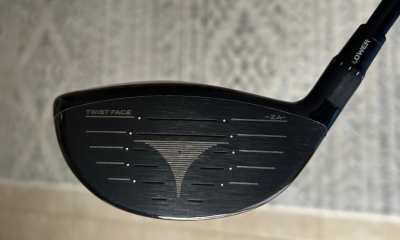

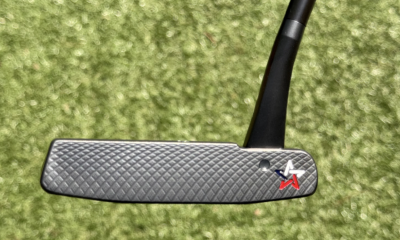










DD
Sep 9, 2020 at 9:44 pm
Does it not behoove you as testers to compare them to the previous generation as well as to the control ball?
Paulo
Sep 9, 2020 at 3:18 pm
Mygolfspy do a scathing test of the Callaway and not far behind that you do a decent positive review. Who do we believe ? I’m confused 🙂
Michael
Sep 9, 2020 at 12:43 pm
I’ve been playing the CS X and the new version flat out works. Its great with the driver but where it really shines for me is from 165 yds to in. This is where I need to shine to score and this ball flat out works for me. I was skeptical with the whole triple track concept but now I can’t imagine not using it. Even off the tee.